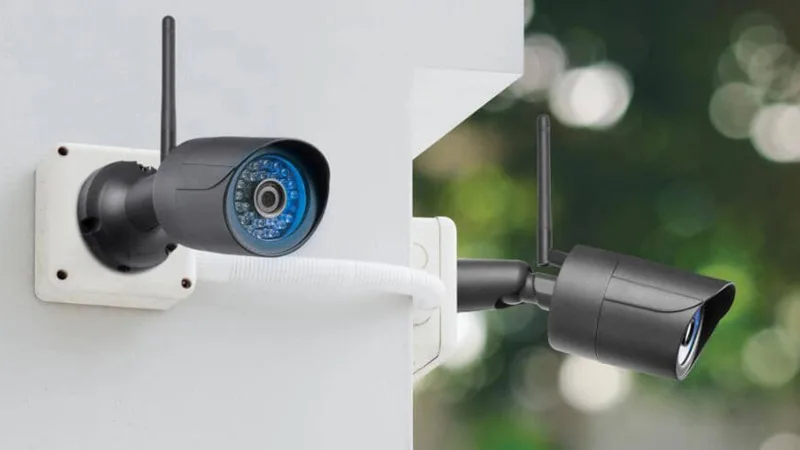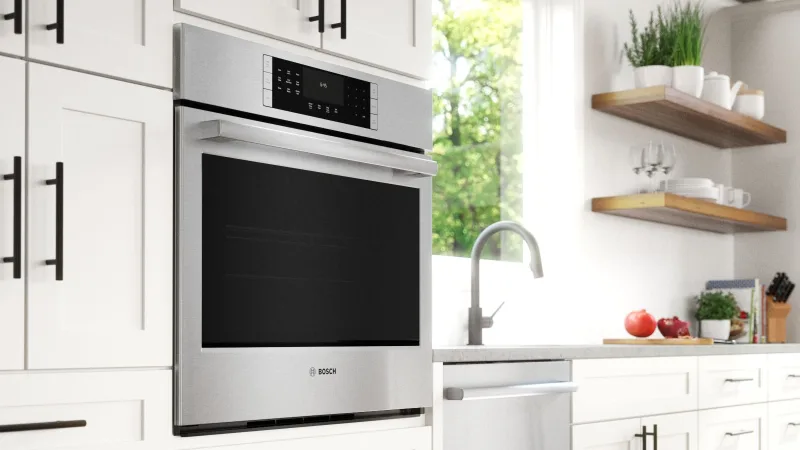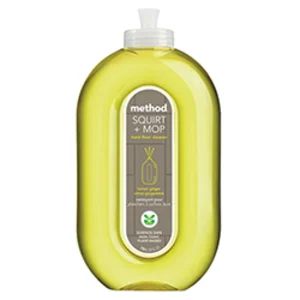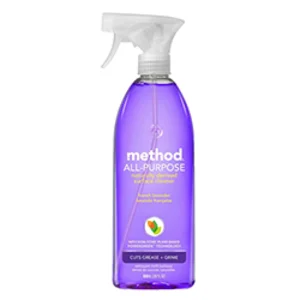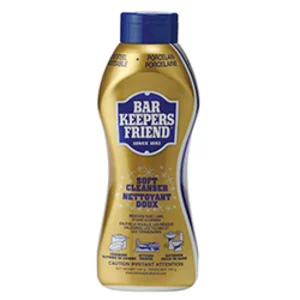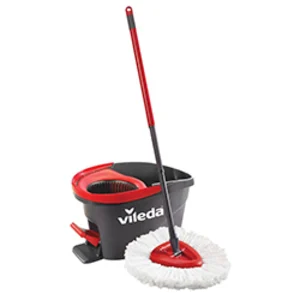Here's How to Prepare Your Home For House Fires
There are approximately 24,000 house fires per year in Canada, many of which result in property loss or injuries.
Preparation is key to minimizing fire damage and ensuring a safe cleanup afterwards.

House Fires Prevention
A good house fire prevention strategy includes long-term and emergency planning.
Long-term Planning
Home fire safety includes home improvements, safety equipment and lifestyle habits. Some of these updates and upgrades are simple DIY tasks, while others may require professional assistance.


TIP: You don’t have to tackle your house fire prevention action list all at once. Prioritize upgrades based on need and budget.
Home Protection Products
Gear up with essential equipment and supplies to both reduce the risk of house fires and react swiftly if an emergency does arise.
TIP: Educate all household members on fire prevention, fire extinguisher use and calling 911 in an emergency. Prepare a household fire escape plan and practice it.
Emergency Preparedness
Here’s How to React to Common Kitchen Fires
Kitchen fires are one of the most common causes of house fires. They typically start when food, oil or grease ignite. In many cases, you have moments to react before it gets out of hand. Here’s what you need to know if a fire starts in your kitchen.

TIP: Keep a kitchen or multi-purpose fire extinguisher in your kitchen at all times. Make sure everyone in your home knows how to use it and that it’s stored within easy reach.
Fire Extinguishers 101
Here’s How to Buy the Right Fire Extinguishers for Your Home

TIP: Fire extinguishing spray is an easy-to-use and effective fire safety device that works on paper, fabric, wood, cooking oil and electrical fires. It’s super-easy to use: Just aim the can and spray.
Emergency Kit Essentials
Here’s What You’ll Need For Up to 3 Days Away from Home
Create Your Emergency Kit
If you need to evacuate, you may not have time to gather essential items. Plan ahead and keep everything together in a large bin, backpack or hockey bag, so you can quickly load your vehicle and head out. Here are some of the essential things you can add to your kit.
House Fires Prevention
A good house fire prevention strategy includes long-term and emergency planning.
Long-term Planning
Home fire safety includes home improvements, safety equipment and lifestyle habits. Some of these updates and upgrades are simple DIY tasks, while others may require professional assistance.


TIP: You don’t have to tackle your house fire prevention action list all at once. Prioritize upgrades based on need and budget.
Home Protection Products
Gear up with essential equipment and supplies to both reduce the risk of house fires and react swiftly if an emergency does arise.
TIP: Educate all household members on fire prevention, fire extinguisher use and calling 911 in an emergency. Prepare a household fire escape plan and practice it.
Emergency Preparedness
Here’s How to React to Common Kitchen Fires
Kitchen fires are one of the most common causes of house fires. They typically start when food, oil or grease ignite. In many cases, you have moments to react before it gets out of hand. Here’s what you need to know if a fire starts in your kitchen.

TIP: Keep a kitchen or multi-purpose fire extinguisher in your kitchen at all times. Make sure everyone in your home knows how to use it and that it’s stored within easy reach.
Fire Extinguishers 101
Here’s How to Buy the Right Fire Extinguishers for Your Home

TIP: Fire extinguishing spray is an easy-to-use and effective fire safety device that works on paper, fabric, wood, cooking oil and electrical fires. It’s super-easy to use: Just aim the can and spray.
Emergency Kit Essentials
Here’s What You’ll Need For Up to 3 Days Away from Home
Create Your Emergency Kit
If you need to evacuate, you may not have time to gather essential items. Plan ahead and keep everything together in a large bin, backpack or hockey bag, so you can quickly load your vehicle and head out. Here are some of the essential things you can add to your kit.
House Fire Cleanup
Before attempting any cleanup, be sure local fire authorities have given the all-clear to re-enter your home. Here’s how to deal with the aftermath of a house fire, from assessment and damage control, to cleaning and repairs.
Returning Home After a House Fire
Here’s How to Assess & Repair Fire & Water Damage
Be cautious when returning home after a house fire. Fire and water damage can threaten the structural integrity of your home, while soot, smoke and mould can impact air quality. Here’s what to do once fire authorities say it’s safe to enter your home.

TIP: Contact your home insurance agent for immediate advice. They may be able to provide assistance with repairs and living expenses.
Safe Cleanup & Repairs
Here’s How to Clean Up After a House Fire
Before beginning your cleanup, make sure you have personal protective gear to stay safe. This includes dust masks, hard hats, goggles, safety boots, rubber gloves and long-sleeve shirts and pants.

TIP: Take a damage inventory for insurance purposes. Don’t throw anything out without listing it, and take photos of major items like furniture, tools, etc.
Home Cleanup Products
Make your fire-, smoke- and water-damaged house a home again with these essential cleaning supplies, tools and equipment.
TIP: Before moving back into your home, be sure to get professional assurance that your house structure, electrical system, furnace, water heater and/or oil heater and appliances are approved for use.
Here’s How to Remove Soot and Smoke From Walls

Essential Products
Here's How
View All
